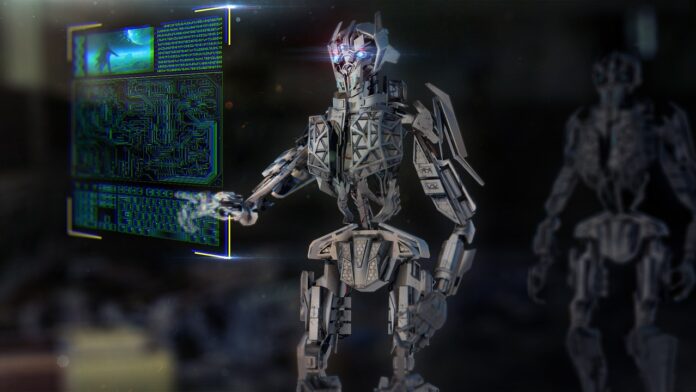In recent years, artificial intelligence (AI) has made a significant impact on the field of marketing. Specifically, machine learning – a subset of AI that involves teaching machines to learn from data – has transformed the way businesses approach advertising. With machine learning algorithms, marketers can now gain valuable insights into their target audiences, optimize their campaigns in real-time, and achieve greater ROI. In this blog post, we will explore how AI and machine learning are revolutionizing the world of marketing and advertising.
One of the most significant benefits of using machine learning in marketing is its ability to analyze vast amounts of data quickly and accurately. Machine learning algorithms can comb through mountains of data, such as customer behavior patterns, purchase history, and online interactions, to identify hidden insights and trends. This data analysis allows marketers to create more personalized and relevant marketing messages, which can lead to higher engagement rates and conversion rates.
Another key advantage of using machine learning in marketing is its ability to optimize campaigns in real-time. With machine learning algorithms, marketers can make data-driven decisions about how to adjust their campaigns based on user behavior. For example, if a certain advertisement is not resonating with users, the algorithm can quickly pivot and adjust the messaging to better align with customer preferences. This real-time optimization can lead to improved performance metrics and higher ROI for businesses.
One area where machine learning is making a significant impact is in programmatic advertising. Programmatic advertising refers to the automated buying and selling of online advertising, using real-time bidding to reach specific target audiences. Machine learning algorithms are used to analyze customer data and determine the best ads to show to each individual user. This targeted advertising approach has proven to be incredibly effective, with businesses reporting higher conversion rates and lower ad spend.
Another way machine learning is transforming advertising is through chatbots and virtual assistants. Chatbots are computer programs that can simulate conversation with human users, providing customer service or answering questions in a personalized way. Virtual assistants like Siri and Alexa use machine learning algorithms to understand natural language and provide helpful responses. By using machine learning, these virtual assistants can learn from previous interactions and improve their responses over time, leading to more satisfied customers.
Finally, machine learning is helping marketers make sense of the massive amounts of unstructured data available in today’s digital landscape. By analyzing social media conversations, product reviews, and other user-generated content, machine learning algorithms can identify trends and insights that might be missed by humans. This analysis can help businesses develop new products or services, identify areas for improvement, and stay ahead of the competition.
In conclusion, machine learning is transforming the field of marketing and advertising, providing businesses with new ways to understand and engage with their target audiences. By analyzing vast amounts of data, optimizing campaigns in real-time, and providing personalized messaging, machine learning is helping businesses achieve greater ROI and stay ahead of the competition. As AI and machine learning continue to evolve, it’s clear that their impact on marketing and advertising will only continue to grow.





